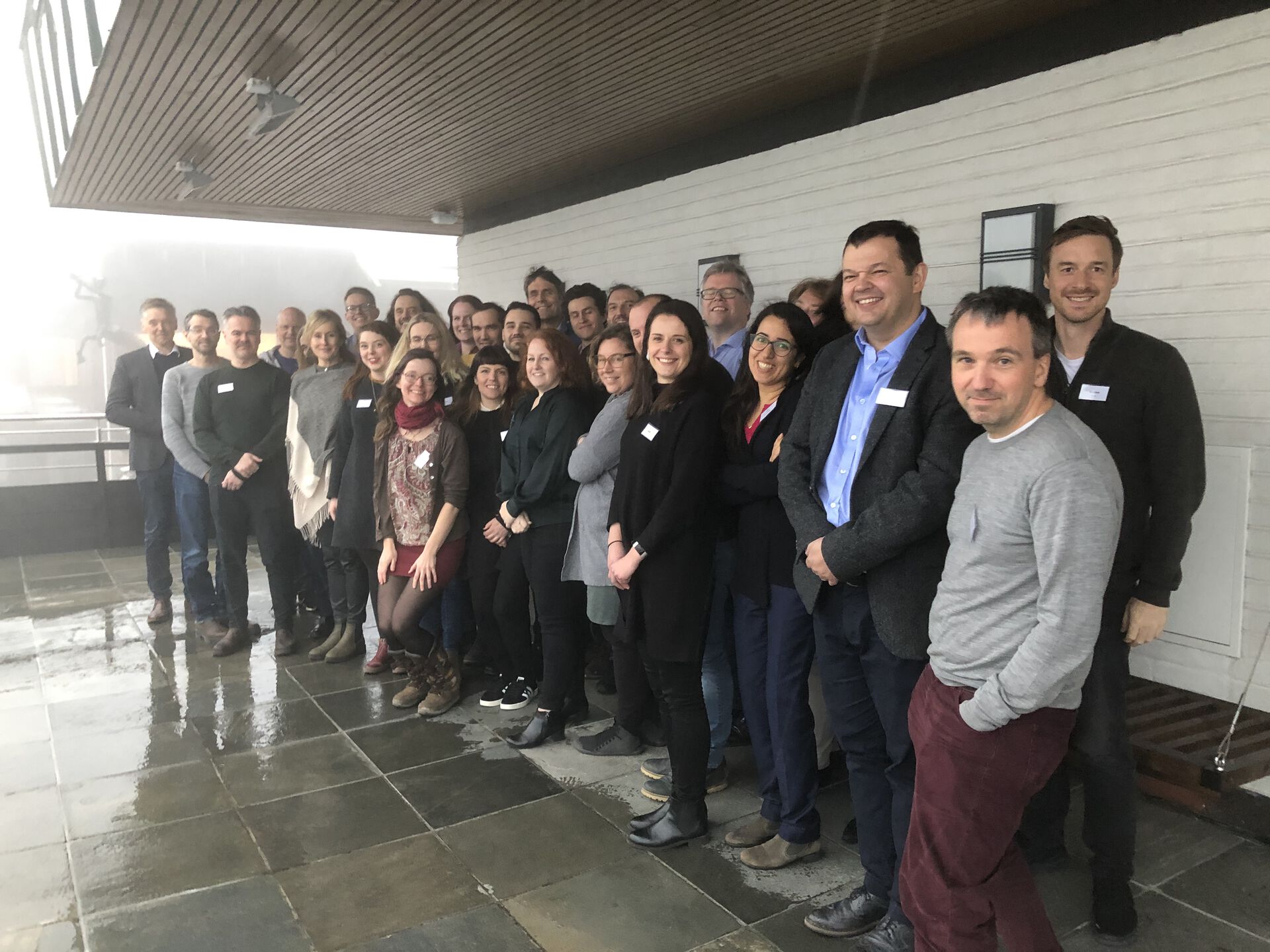Mental illnesses reduce life quality. In addition they make you more vulnerable for cardiovascular diseases. Comorbidity, having multiple diseases at the same time, is extremely difficult for both patients and their families, and causes great challenges and financial strain on the society. But how is this all connected? And why do some patients develop both diseases at the same time?
This is what researchers in the EU-project CoMorMent, want to investigate. Ole Andreassen from NORMENT is the project coordinator.
– We want to discover what kind of underlying mechanisms are causing this high comorbidity, and separate the genetic factors, environmental factors and their relationship to life style, he says.
Genetics play a crucial part for both disease and behavior
The thought behind the CoMorMent project is to find and identify common genetic risk variants for both mental disorders and cardiovascular disease. Subsequently they will look at how these genes interact together with lifestyle and behavior.
– Our hypothesis is that our lifestyle, including diet, and whether we exercise or smoke, in many ways are driven by the brain. For example, is there an overlapping sensitivity factor between personality and lifestyle habits? We think that it is possible that similar brain functions is involved in both, Andreassen explains.
The project is built on previous findings that genetic variants that increase the risk of mental disorders also affect lifestyle and behavior. This again increases the risk of cardiovascular disease.
Illness development in more than one million people
To confirm the hypothesis the researchers will use data from biobanks and health registries from several Nordic countries. Combined, this is an immense amount of data.
– By combining data from several biobanks and health registries we can manage to separate between what is lifestyle, and what is brain related diseases and what is cardiovascular diseases, Andreassen says.
The researchers will amongst other things observe brain changes and study body fat composition from MRI-data. To be able to look at body fat they will cooperate with a commercial company with the technology that can classify and quantify body fat distribution. These methods are usually used in heart research.
The plan is to explore disease development and the comorbidity in over one million people.
Aims to predict who and when
After a while the researchers wants to offer more precise medical tools based on genetic data, for use in clinical studies and clinical practice. The thought behind this is to predict who will develop cardiovascular disease and when.
– If you know your risk you also have the opportunity to change and adapt your behavior, and with this, the environmental causes of your disease, Andreassen says.
A tool like this can also contribute in medical treatment. It can identify and allot patients in different subgroups. It will be possible to predict whether a patient has a higher risk of side effects from a particular treatment or medication. Thus the treatment can be more adapted to each patient.
Multidisciplinary team of experts
The CoMorMent project will go over four years and have a total budget of close to 60 million NOK. The project group consists of a multidisciplinary team of experts within cardiology and psychiatry, genetic epidemiology, molecular genetics, neuroscience and statisticians.
The project consists of the following partners: University of Oslo, Oslo University Hospital, Karolinska Institutet in Sweden, University of Edinburgh in Scotland, University of Tartu in Estonia, University of Iceland on Iceland and Region Hovedstanden in Denmark, together with the companies Amra Medical in Sweden, DeCode Genetics in Iceland and Multimodal Imaging Services Corporation in the USA.

A prestigious project for Klinmed and the faculty
It is extremely difficult to get through the needle eye that is the EUs Horizon 2020-program. A project of this size gives a lot of prestige. This is the first time Klinmed is coordinating a project within EU’s current program for research and innovation.
-The awarding of research funding from the Horizon 2020-program is a huge acknowledgement of the high quality that Ole Andreassen and his research group have shown over the years. The Faculty of Medicine congratulate Ole and his co-workers with CoMorMent. We are proud to be hosting this huge and important project in close cooperation with Oslo University Hospital and the other contributing partners, says vice-dean for research Jens Petter Berg.
Contact
- Ole Andreassen
- Norwegian Centre for Mental Disorders Research (NORMENT)
- Magnus Seierstad
- About CoMorMent
